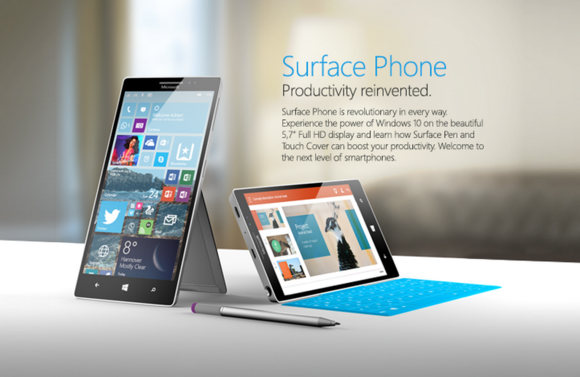
The death of Windows Phone is not a sign of Microsoft’s weakness, it’s one of the most promising signs that CEO Satya Nadella has turned the company around to a new way of thinking.
With only 4.5 million Lumia devices sold in Q4 2015, Microsoft’ mobile hardware reached the heady heights of a 1.1 percent market share. The guiding principle of ‘cloud-first mobile-first’ is evident in Microsoft’s approach – and the key takeaway is that it says ‘mobile’ and not ‘Windows Phone’ (or even ‘Windows 10 on s smartphone’).
Of course Microsoft’s mobile hardware ambitions (then with Windows Phone, now with Windows 10, but always with the Lumia brand name) have been on the slide for some time. The appointment of Satya Nadella as CEO brought a renewed focus on getting everyone to use Microsoft’s cloud-based software platform, moving away from the blinkered view of using only Microsoft’s own hardware platforms.
In theory Windows Phone could be licensed, but in practice Windows Phone was all about running Microsoft’s code on Microsoft’s hardware. Consumers had to want Microsoft’s services and be prepared to buy and use Microsoft approved hardware. For smartphones that meant living with Steve Ballmer’s view of mobility: ‘if you want to use Microsoft you have to buy everything from us.’
That’s no longer the case. If you want a Microsoft service and you have an iOS or Android device, then you’ll have access to Microsoft’s cloud, you can use your music subscription, you can sync One Note, you can use all of Microsoft Office. The cloud is no longer limited by your hardware or operating system choices.


That’s a good development hoping to see more in the future